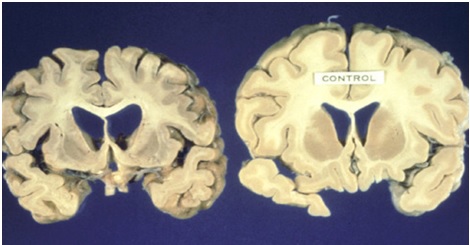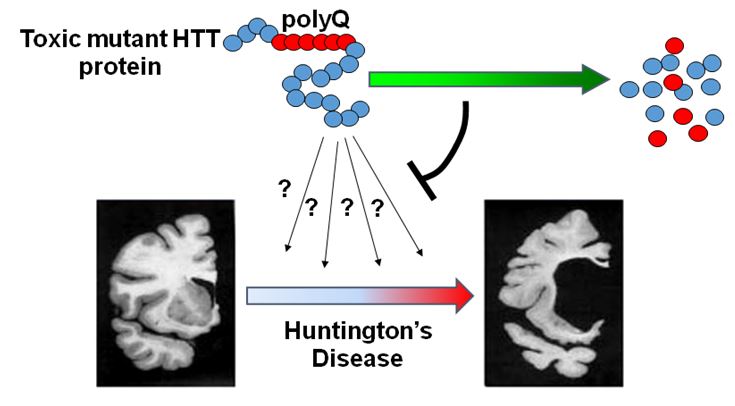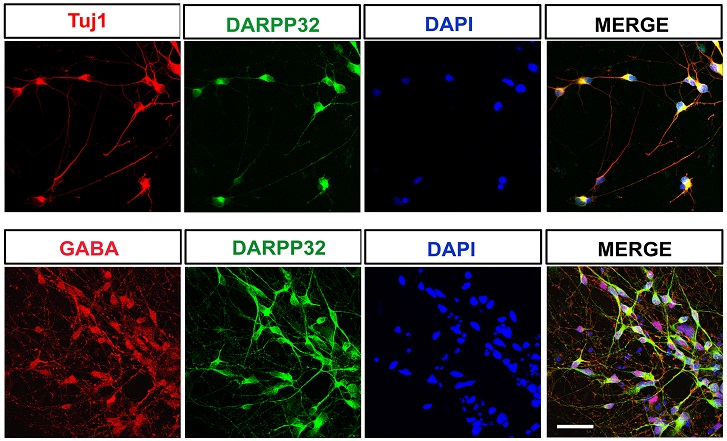Dr. Boxun Lu | 鲁伯埙

Neurodegenerative disorders are a class of devastating diseases caused by the progressive loss of neurons, resulting in severe malfunction of the nervous system. These diseases affect elderly the most and have few effective modes of treatment. There are two major challenges for drug discovery in these diseases. First, the diseases exhibit complicated clinical symptoms only well after neuron loss, making early diagnosis extremely challenging. As a result, patients usually have already lost most of the disease-sensitive neurons when diagnosed definitively, often too late to be treated even when treatment is available. Second, for the most prevalent neurodegenerative diseases (Alzheimer’s and Parkinson’s) almost all patients (>95%) are sporadic, without clear family history or genetic causes. Thus, it is difficult to establish reliable genetic models to study these diseases.
Our lab is currently focusing on Huntington’s disease (HD), which is a major genetic neurodegenerative disease that causes neurodegeneration in the striatum (see below).
HD is a dominantly inherited disease that is cause by mutations of a single gene called HTT. This situation perfectly solves the two challenges mentioned above: early diagnosis becomes possible by HTT gene sequencing and the patient can be treated well before the disease onset. In addition, there are a number of HD animal and cellular models that faithfully represent the disease. Despite its clear genetics, drug discovery for HD remains challenging and is one of the focal points of our work.
The lab utilizes cutting-edge high-throughput technologies to identify potential drug targets or drugs, and validate them in cellular and animal disease models. The major animal model that the lab uses is the mouse CAG 140. This model expresses endogenous mutant Htt gene with expanded CAG repeat (140 repeats), mimicking the genetic mutation in human Huntington’s disease. This model exhibits motor functional defects at advanced age, mimicking the physical disease phenotypes. Our lab uses this model to validate potential drug targets or drugs by testing their modulation of the disease phenotypes. The BIOS module I designed aims at training students necessary technical skills required for these validation experiments, including the procedures to reveal the genotype of the mice and assess disease phenotypes.
Download video 1.
Download video 2.




